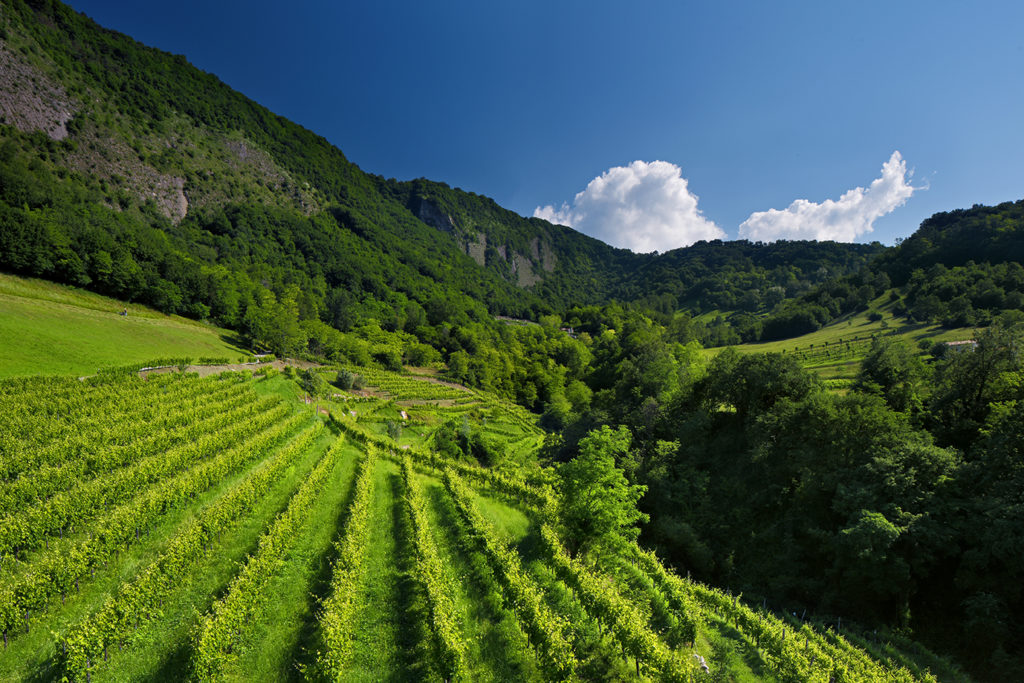Sparkling wine becomes more popular every year. The biggest climber is Prosecco, that you don’t necessarily have to drink with New Year’s Eve or special occasions.
According to IWSR, a British marketing research agency that focuses on alcoholic beverages, nearly 3 billion bottles of champagne and other sparkling wines will be opened next year. Almost a sixth of these is Prosecco.
The Italian equivalent of Champagne is experiencing impressive growth. “In 15 years, the annual production of our Prosecco has increased from 2 to more than 10 million bottles,” says Stefano Bottega, president and CEO of wine producer Bottega, that is based in Prosecco’s core area. Other well-known sparkling wines, to name the category, such as Champagne in France and Cava in Spain, are only growing slightly.
French bubbles
According to Stefano Bottega, the popularity is partly due to the relatively low alcohol percentage (less than 10) and the low carbon dioxide pressure, which is less than 3.5 atmospheres (Champagne has a pressure of 6 atmospheres). Unlike Champagne, Prosecco is not a drink that you only enjoy on special occasions, but can be taken as an aperitif every day. It is also affordable – other than the French bubbles.
There is, however, a problem with branding. There are high quality Proseccos, moderate quality Proseccos and ‘fake’ Proseccos. The basic rule is that Prosecco is a sparkling wine made from the grape variety glera, and comes from a certain region in north-east Italy.
There are three types of Prosecco. Even though the name Prosecco comes from the village of the same name, nowadays a district in Trieste, the top wines come from the municipalities of Conegliano and Valdobbiadene (about 50 kilometers from Venice). The core area consists of picturesque hills that are so special that UNESCO placed them on the World Heritage List last summer. Another high-quality Prosecco is the Asolo Prosecco, whose wine comes only from a few municipalities in the province of Treviso.
The third official Prosecco label – the Prosecco DOC – is responsible for the largest amount of this sparkle wine (DOC is the Italian quality and origin control label). Production takes place in nine provinces, including Venice, Padua and Trieste. This category provides the bulk of Prosecco, which is not all of the same good quality. The price drives the price down.
Yield per hectare
The rules to which Prosecco must comply with are drawn up by the producers association. “In this consortium the wine cooperatives make the service,” says Bottega. “They have the largest production, but usually not the best quality.” They are more interested about production than building a brand.
One producer has therefore taken the bold step to step out of the consortium and remove from its label the word ‘Prosecco’ at all. The producer now continues with the name “Conegliano Valdobbiadene”. Bottega does not want to go that far. “But something needs to be done to protect the quality and name of Prosecco.” They may have listened. This year the consortium decided to reduce the yield per hectare. Now no more than 150 quintals of grapes per hectare can be produced (was 180).

Photo: Bottega Ltd.
(Bottega is a journalistic source, not a sponsor)
